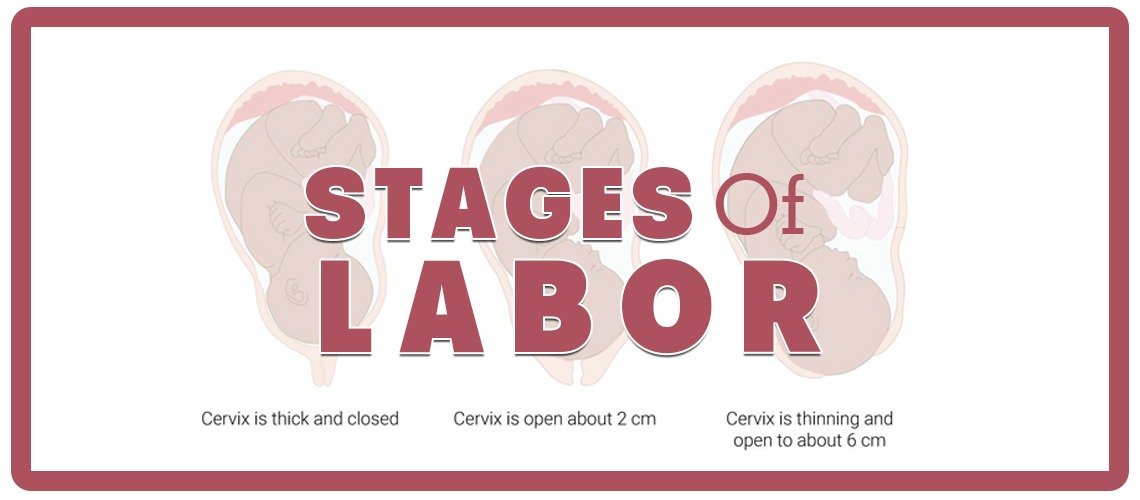Stages of Labour
Labour comprises three sequential stages of labour, each with its own significant milestones. The initial stage initiates with the gradual dilation of the cervix, facilitating the downward movement of the baby through the birth canal. Subsequently, the second stage commences, culminating in the actual birth of the baby. Finally, the third stage ensues as the uterus expels the placenta, completing the birthing process.
Different Stages of Labour
The Latent Stage of Labour
The latent stage of labor initiates with the softening and gradual dilation of the cervix, often accompanied by irregular contractions that may persist for prolonged periods, ranging from several hours to even days. It is recommended to maintain proper nutrition and hydration during this phase while engaging in various activities to foster relaxation and comfort.
First Stage of Labour
Following the onset of the latent phase, established labor commences as the cervix gradually expands to around 4 centimeters in dilation, marking a phase of heightened and increasingly regular contractions. During this pivotal stage, it is prudent to promptly inform a midwife should contractions transition into a regular pattern, if there’s a rupture of the amniotic sac, or if there arises a necessity for implementing pain relief measures to manage discomfort effectively.
Second Stage of Labour
As labor progresses into the second stage, the cervix achieves full dilation, signaling the commencement of pushing efforts until the baby is delivered. During this stage, discussions about optimal delivery positions occur, alongside guidance on the timing and management of pushing techniques to facilitate an effective delivery process.
Third Stage of Labour
After the baby is delivered, the labor process transitions into its third stage, encompassing the expulsion of the placenta. During this phase, expectant individuals are presented with various options for managing the process, ranging from active interventions to allowing it to progress naturally (physiological). These options are thoroughly explained, taking into account the unique circumstances and preferences of each individual involved in the birthing process.

